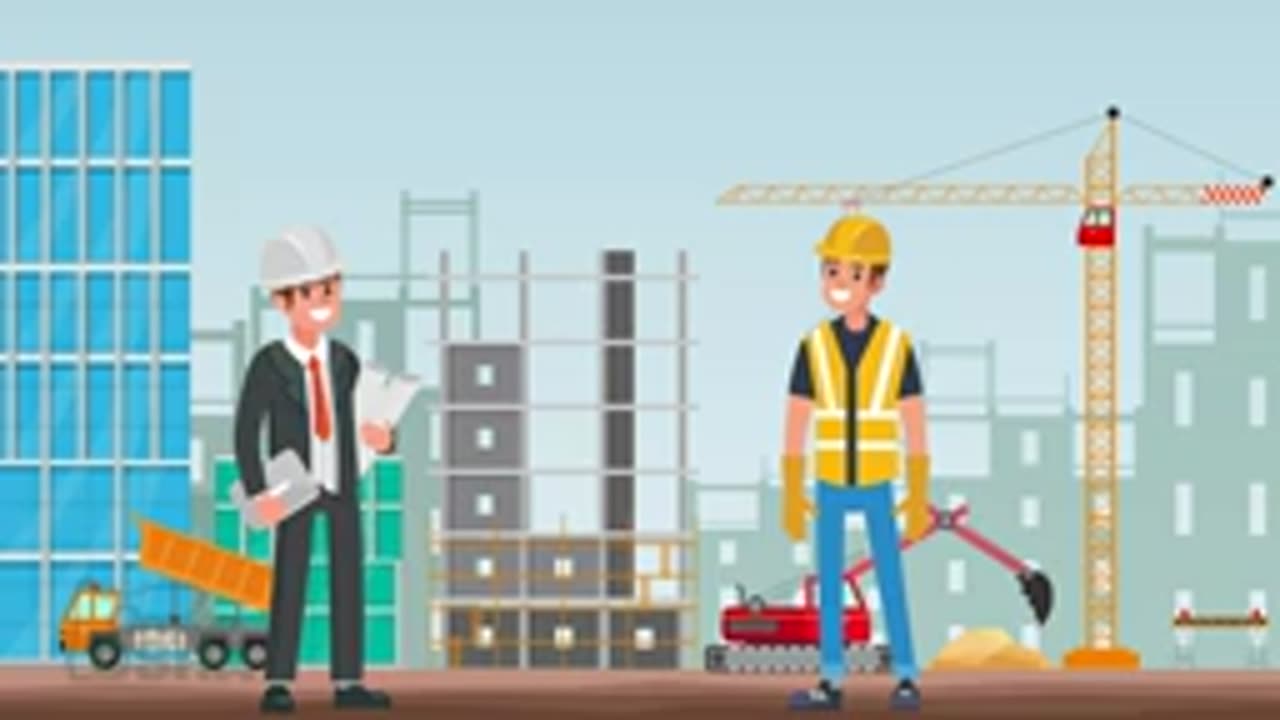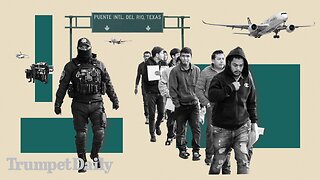Premium Only Content

What is Fall Protection - Hazards, Training, Oregon OSHA
### **What is Fall Protection?**
**Fall protection** refers to a system or set of practices designed to prevent workers from falling or to minimize injuries if a fall occurs. It is a critical aspect of workplace safety, particularly in industries like construction, manufacturing, and warehousing. Fall protection systems are mandated by regulations such as those enforced by **Oregon OSHA** and are essential for protecting workers from life-threatening hazards.
---
### **Fall Hazards: Common Risks**
#### **1. Unprotected Heights**
- Working on scaffolds, roofs, ladders, or open platforms.
- Examples: Roofing, building maintenance, or window washing.
#### **2. Improper Use of Equipment**
- Using damaged or unsuitable ladders, harnesses, or scaffolds.
- Not securing equipment properly can lead to falls.
#### **3. Slippery or Uneven Surfaces**
- Wet floors, loose tiles, or debris in work areas.
- These hazards increase the risk of losing balance.
#### **4. Unprotected Edges and Openings**
- Floor holes, skylights, or open-sided walkways.
- Workers can accidentally step into or fall through these spaces.
#### **5. Environmental Factors**
- Strong winds, rain, snow, or poor lighting conditions.
- Weather and visibility issues can compromise safety.
---
### **Components of a Fall Protection System**
#### **1. Fall Prevention Systems**
Designed to stop falls before they occur.
- **Guardrails:** Installed around elevated work areas.
- **Safety Nets:** Positioned below workspaces to catch falling workers or objects.
- **Warning Lines:** Used to signal areas close to edges or hazards.
#### **2. Fall Arrest Systems**
Protect workers after a fall to reduce injury.
- **Full-Body Harness:** Worn by the worker and attached to an anchor point.
- **Lanyards and Lifelines:** Connect the harness to an anchor, limiting the distance of a fall.
- **Anchorage Points:** Secure attachment points rated to support the required loads.
#### **3. Personal Protective Equipment (PPE)**
- Non-slip shoes, helmets, gloves, and other gear that improve grip and protection.
---
### **Oregon OSHA Fall Protection Standards**
Oregon OSHA requires fall protection for any work at **heights of 6 feet or more** in construction and **4 feet or more** in general industry. Key requirements include:
- **Hazard Assessment:** Employers must identify and evaluate fall hazards.
- **Proper Equipment:** Workers must be provided with adequate fall protection systems.
- **Training Requirements:** Workers must be trained in the safe use of fall protection equipment.
---
### **Training Requirements**
**Oregon OSHA** mandates that employers provide comprehensive fall protection training that includes:
- **Hazard Recognition:** Identifying common fall hazards in the workplace.
- **Proper Use of Equipment:** Instruction on how to wear, inspect, and use fall protection systems.
- **Emergency Procedures:** Steps to take in the event of a fall, including rescue operations.
Training should be updated regularly, particularly when:
- New fall protection equipment is introduced.
- Job site conditions or work processes change.
- An incident or near-miss occurs.
---
### **Best Practices for Fall Protection**
1. **Inspect Equipment Regularly:**
- Check for wear, damage, or malfunction before each use.
2. **Keep Work Areas Clear:**
- Remove debris, cords, and unnecessary tools from workspaces.
3. **Maintain 100% Tie-Off Policy:**
- Always stay connected to an anchor point when working at height.
4. **Plan for Emergencies:**
- Have a rescue plan in place for rapid response in the event of a fall.
5. **Use Proper Techniques:**
- Avoid overreaching or leaning beyond guardrails or ladders.
---
### **Key Takeaway Message**
**"Falls are one of the leading causes of workplace injuries and fatalities, but they are preventable."** By implementing proper fall protection systems, adhering to OSHA standards, and conducting regular training, employers and workers can create a safer work environment.
---
Would you like assistance creating a training outline, toolbox talk script, or detailed Oregon OSHA compliance checklist for fall protection?
-
 LIVE
LIVE
LFA TV
8 hours agoThe Deportation Mandate | TRUMPET DAILY 1.28.25 7pm
473 watching -
 LIVE
LIVE
The Big Mig™
11 hours agoFauci’s Fiction w/ Dr. Michael J Schwartz
2,271 watching -
 LIVE
LIVE
Edge of Wonder
3 hours agoChina’s DeepSeek AI Engineered to Censor, Control & Overpower USA
127 watching -
 LIVE
LIVE
Quite Frankly
5 hours ago"Small Town Charm, ICE ICE Baby, Open Lines" 1/28/25
1,371 watching -
 LIVE
LIVE
Chrissy Clark
2 hours agoJohn Fetterman TRIGGERS “The View,” Deportations Upset Selena Gomez, & MORE I Underreported Stories
237 watching -
 59:42
59:42
PMG
5 hours agoManhood in Crisis: What Ancient Rome Can Teach the 21st Century
1.91K1 -
 LIVE
LIVE
Akademiks
3 hours agoASAP Rocky Case has Begun . He's facing 24 years for SH**ting his friend!
3,131 watching -
 1:58:50
1:58:50
Revenge of the Cis
4 hours agoEpisode 1436: Adios Amigo
24.3K5 -
 1:14:45
1:14:45
Awaken With JP
6 hours agoTrump's Making Everyone His B*tch LOL - LIES Ep 76
72.7K51 -
 1:41:43
1:41:43
Megyn Kelly
1 day agoMedia's ICE Hoax, Vance's Masterclass on CBS, & Trump vs Bass, w/ Steve Bannon & Batya Ungar-Sargon
89.3K79